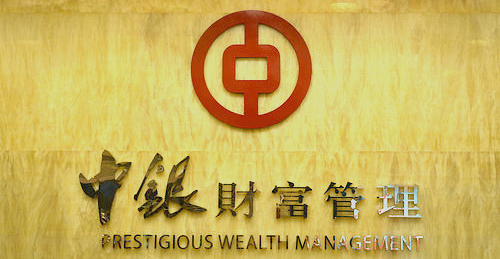
Crisis: 危机
China’s stock market has been in global headlines for the past two months as share prices have lost all of this year’s gains and uncertainty remains over what lies ahead. A financial crisis in the world’s second largest economy certainly warrants the attention of marketers, who must determine what impact the situation might have on their brands and regional operating strategy.
In Chinese, the word for crisis is “危机,” or “weiji.” The word is a combination of two characters: danger and opportunity. The current crisis in the Chinese stock market illustrates the need to take both perspectives.
Danger: 危
On one hand, it would be easy to dismiss the current situation as a fringe concern, only impacting the cash flow of small number of investors. After all, according to some estimates only one in 30 Chinese citizens owns stock. Despite the portrayals in Western media of novice day traders: retirees, at-home parents, and office workers on smoke breaks, only a small percentage of people have actually lost money. Even new investors who have only been in the market since the start of the year are back to break-even. However, there is real risk lurking beneath the surface: Chinese consumer confidence might drop in response to the market movement, resulting in fewer goods purchased and triggering a long-feared economic slow-down. Moreover, with the recent devaluation of the Yuan, foreign brands have suddenly become relatively more expensive in China. This double-threat danger to brands requires revisiting growth forecasts through the end of year and for 2016 planning.
Opportunity: 机
However, smart brands must seek the other side of crisis, which is opportunity. In recent years China has been the largest contributor to global GDP growth and remains a market with huge potential for foreign brands. “Singles Day,” coming up on November 11th, is still the world’s single largest e-commerce sales day and twice as big as the U.S.’s “Cyber Monday.” Chinese social network services (SNS) are still growing and more active than ever, as evidenced by discussion of current market events; brands must still determine how to incorporate Youku, Weibo, and WeChat into integrated communication strategies. Finally, e-commerce giants have started to expand beyond borders, offering foreign brands easier access to China’s US$670 billion e-commerce market. For example, JD.com has started to open locally-focused portals in countries like South Korea to facilitate the distribution of small and medium brands into the Chinese market.
One lesson that we have all learned over the past decade is that any country-focused economic crisis can have a global impact, whether Iceland, Greece, or now China. With the lessons of history in mind, marketers should to keep calm and carry on…with caution. By keeping a clear head and being ready for quick action, brands will be able to benefit from both sides of this crisis, minimizing danger and maximizing opportunity.
[An edited version of this post appeared last week in Marketing Magazine.]